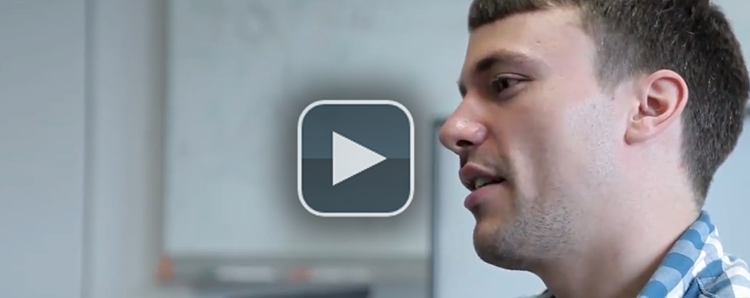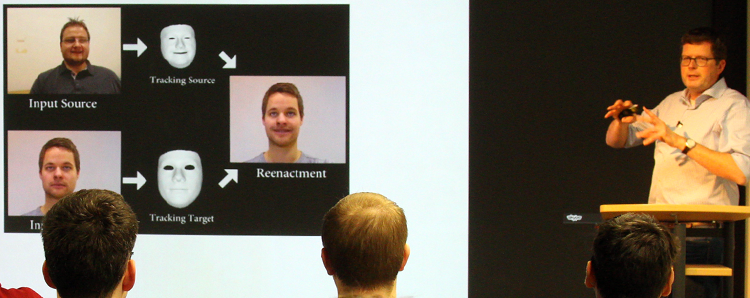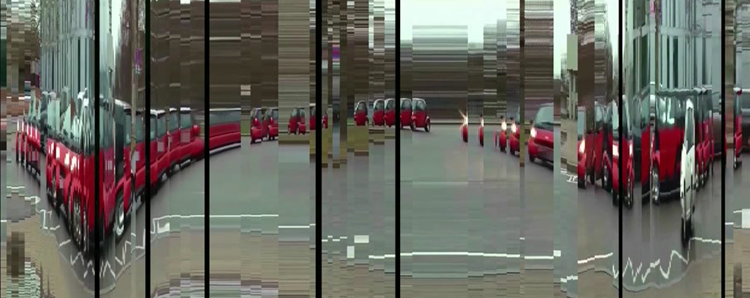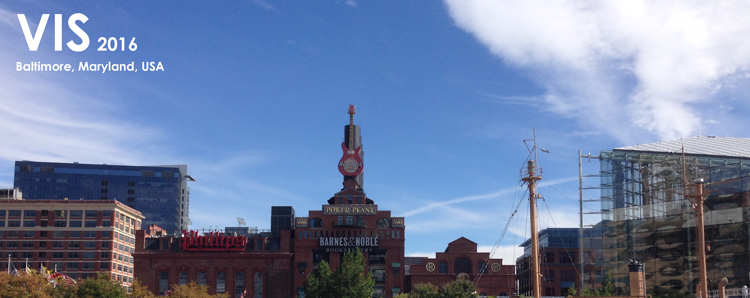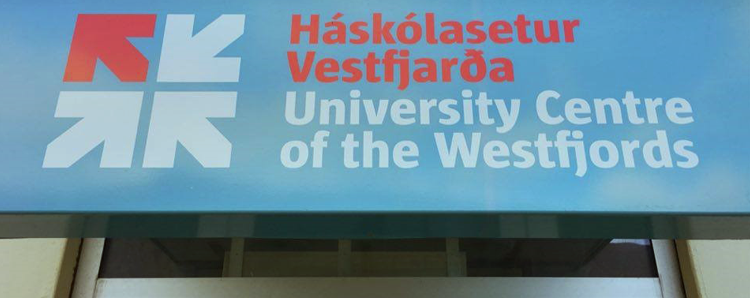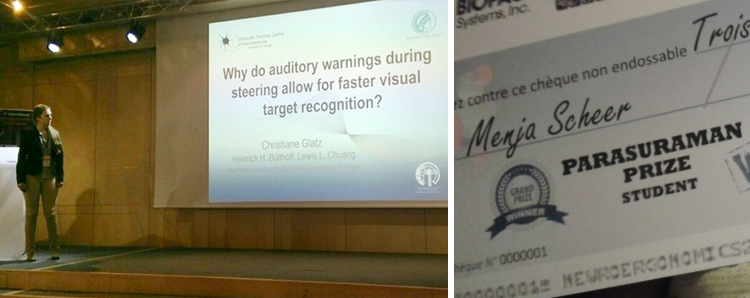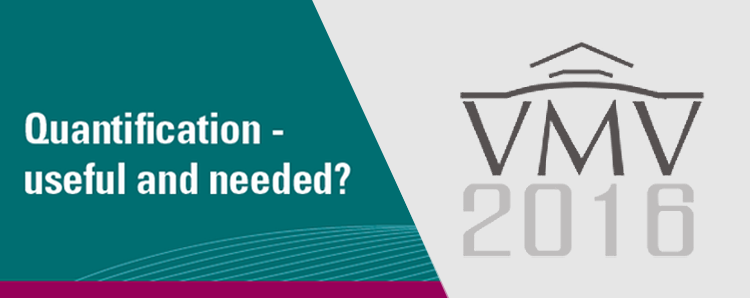For SIGGRAPH Asia 2016 more than six thousand people from all over the world came to Macao. For four days, the attendees of the largest annual conference in computer graphics and interactive techniques in Asia, exchanged their latest and current results in research, projects and developments in various related areas.
At SIGGRAPH Asia 2016 in Macao


